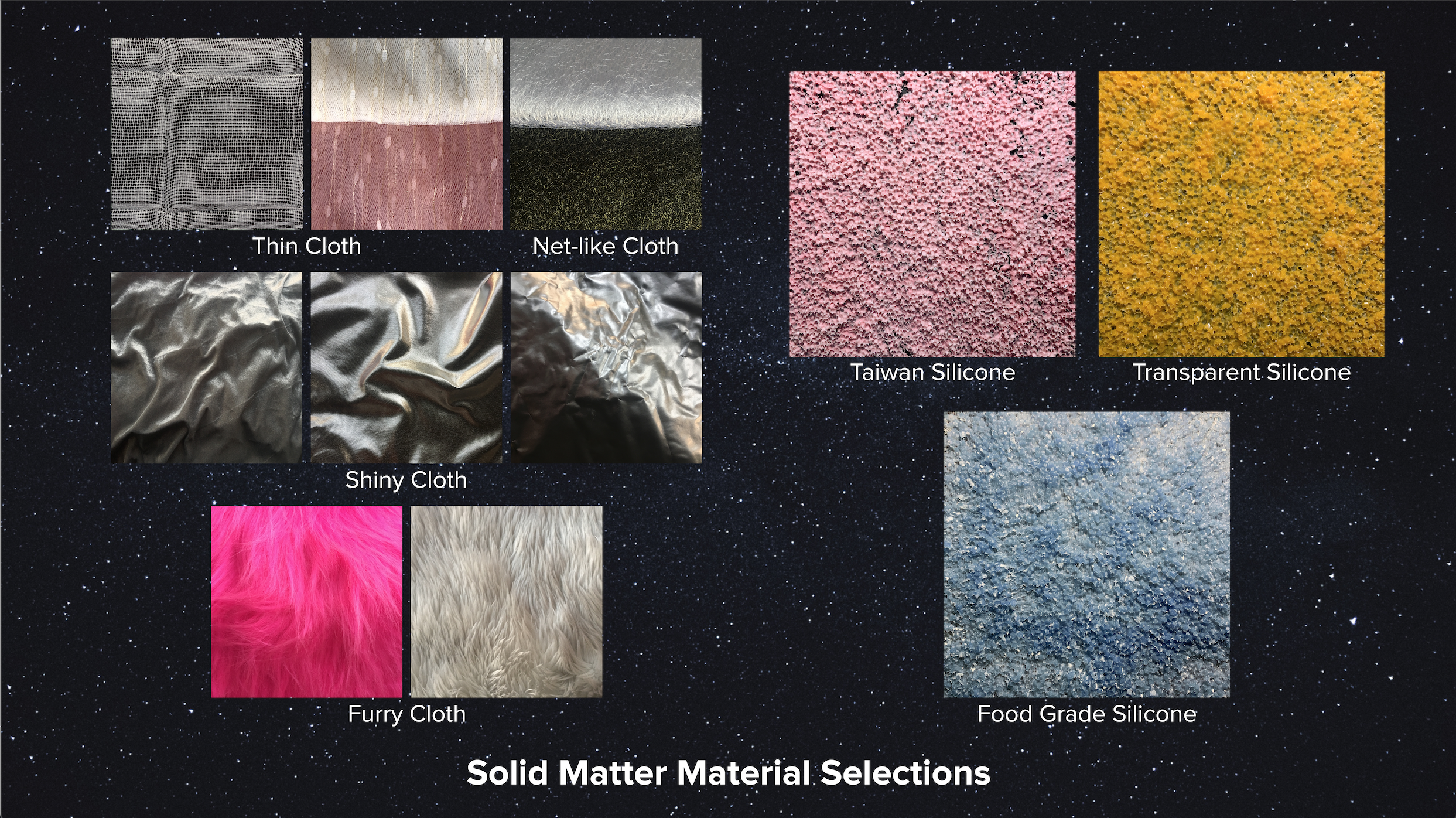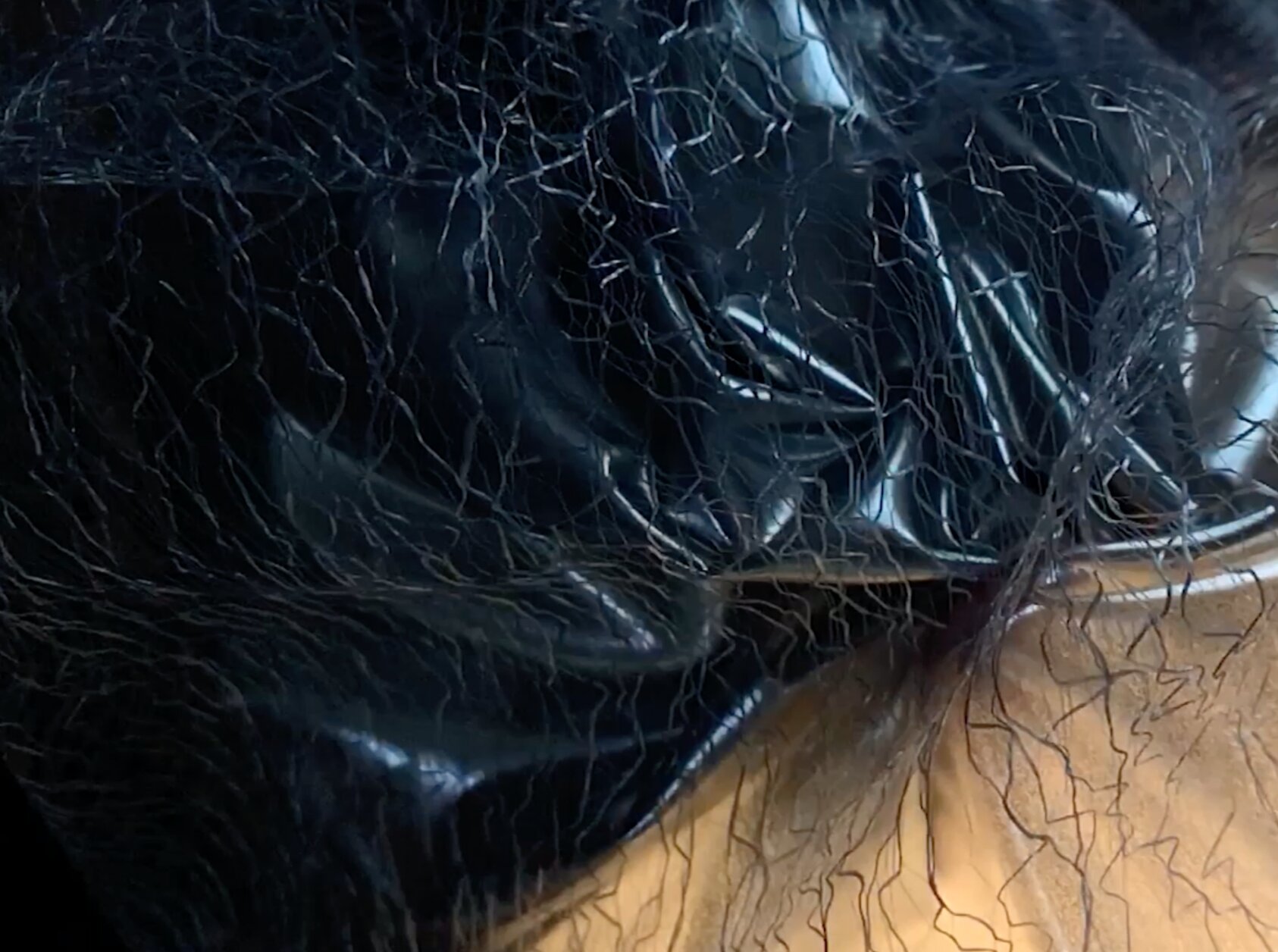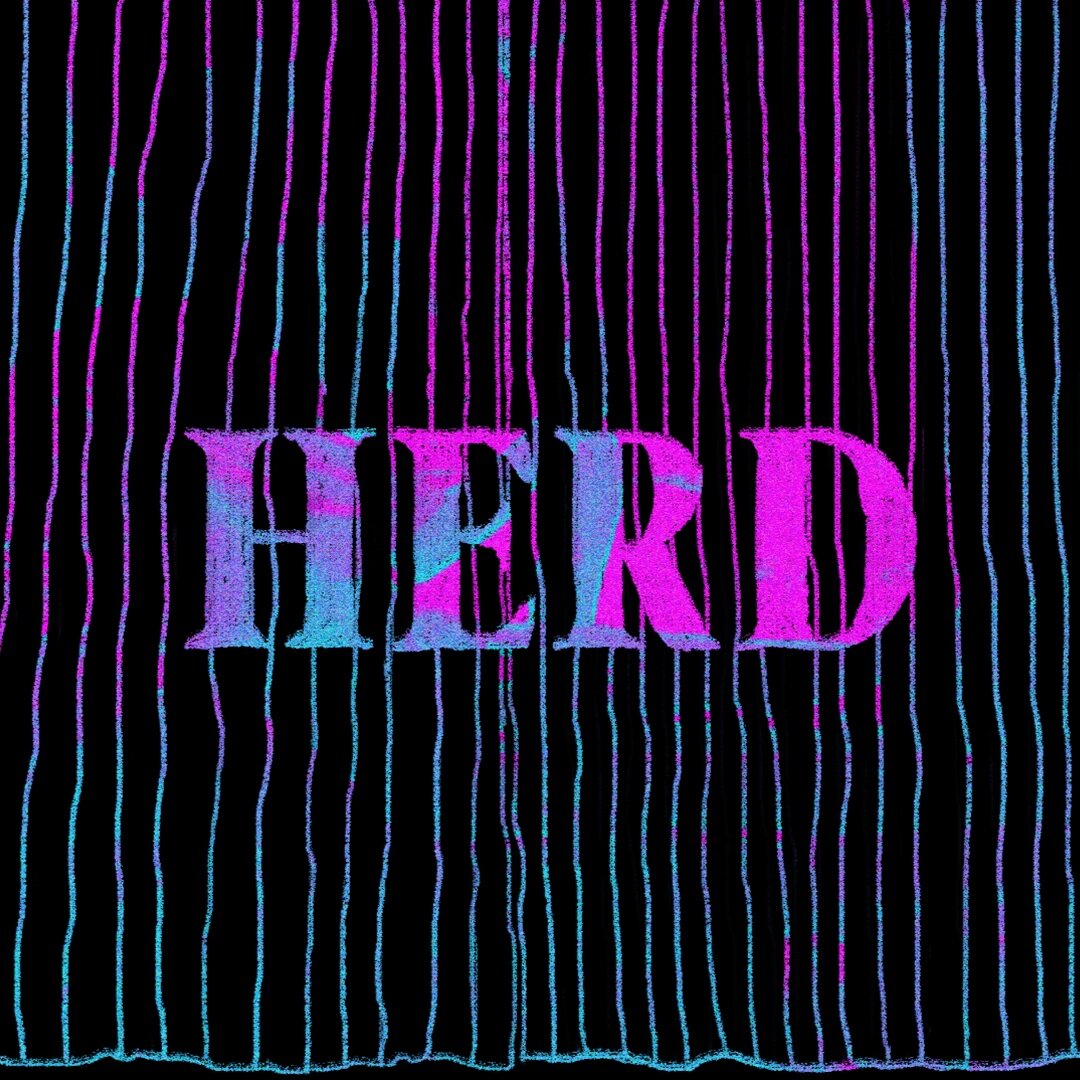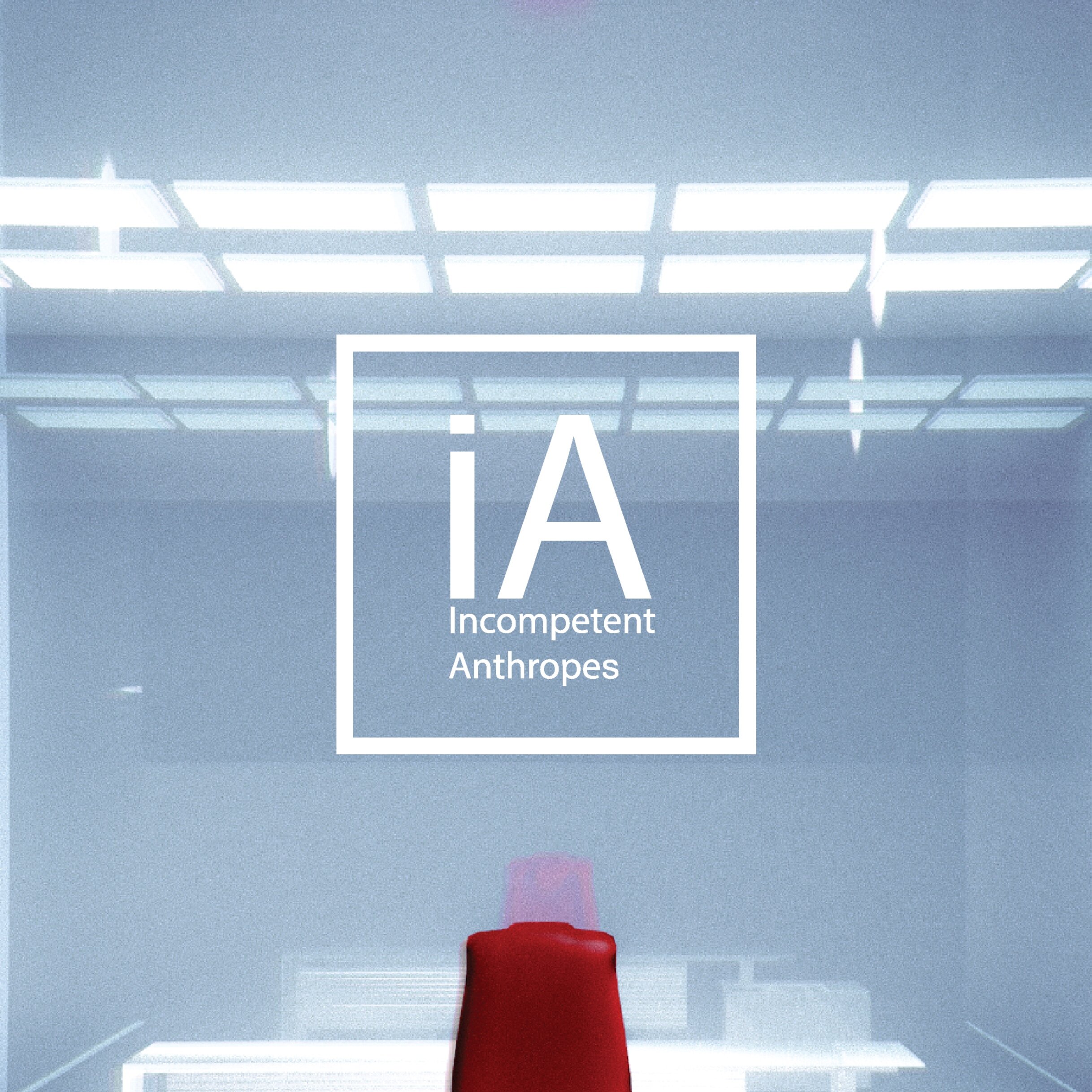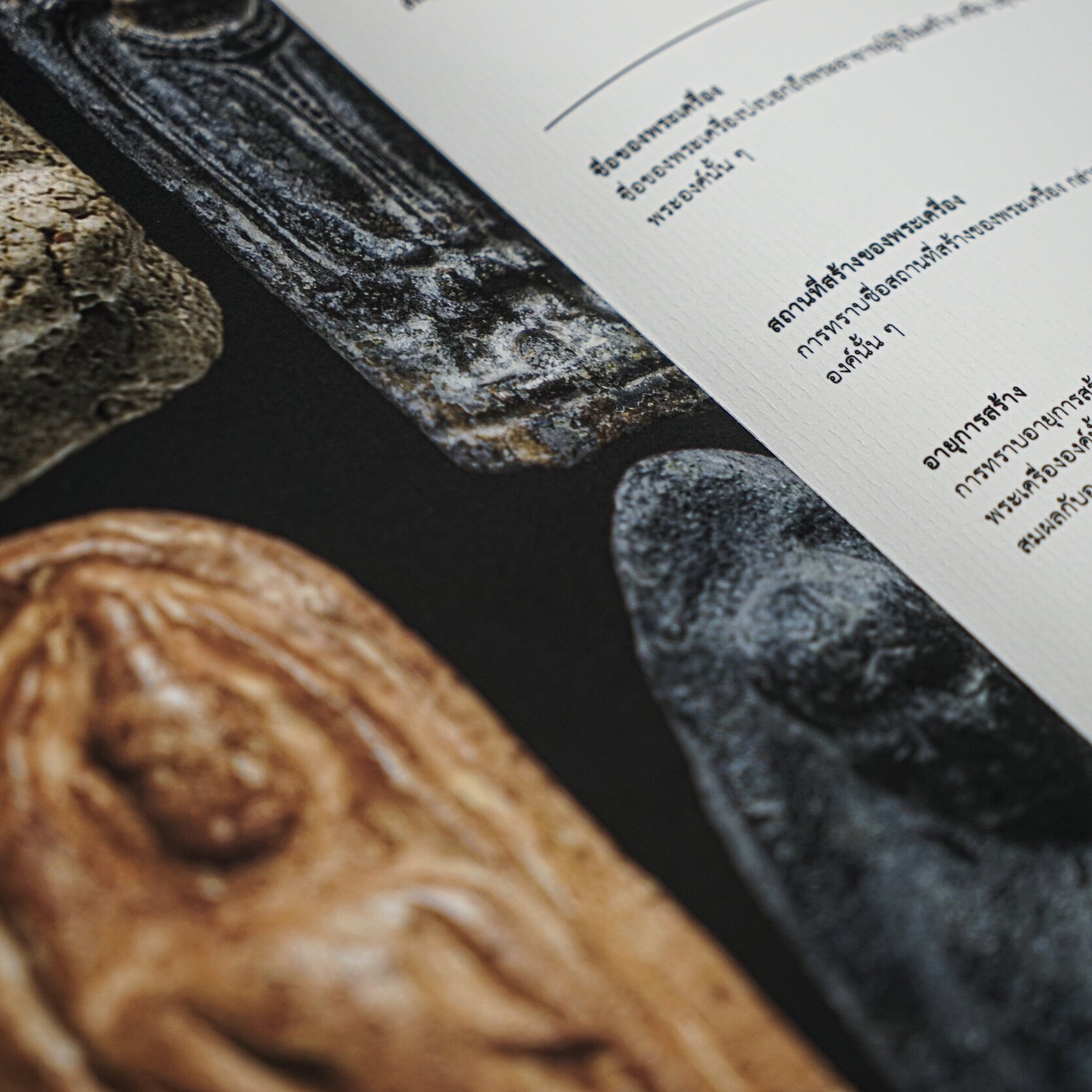Titamoniacus flumiporia
Ponnapas Sulaimanee
p.sulaimanee@gmail.com / www.ponnnapas.com
Life on Earth may not be the only thing that the universe harbors. Dated back to Greek civilization, this has always been the matter humankind desperate to explore. With the help of technology, it can now be proven that life forms on our neighbors such as Titan are possible. Moreover, through scientific analysis, it should be that the environment will indicate characteristics specific to that species.
From myths to falsely portrayed media, the illusion of extraterrestrials is ingrained to the society. This case should be proven wrong as they only lead us astray from the truth. With limited knowledge, the wonder of the cosmos is still going on as we are constantly being reminded of what we do not know. While waiting for the answer to the universe, there are plenty of spaces for infinite interpretations left. Our own ignorance is the spark for scientists and astrobiologists to begin their quest to explore the existence of life elsewhere and how upcoming findings of habitation on Titan would shape its form.
Titamoniacus flumiporia is an imaginative concept of living creatures on Saturn’s largest moon, Titan. The audience is expected to experience new concepts of a life form. Beyond whether we are alone in the universe, the invented species is based on science. With the accuracy of scientific discovery, its concepts are worth analyzing and bringing to life.
Titamoniacus /'taɪ'ta:mɒnɪəkəs/, originated from the Latin forms of Titan and ammonia (Titania and ammoniaci), is the only discovered genus of living creatures on the exoplanet Titan so far. By taxonomy, they are assigned as ammonia-based life forms residing on Titan, inhabiting liquid ammonia underneath the ice crust in contrast to carbon-based life on Earth that uses water as a solvent in cells.
A schematic drawing shows where life could have evolved Titan. (Illustration by Athanasios Karagiotas and Theoni Shalamberidze)
Titamoniacus flumiporia /'taɪ'ta:mɒnɪəkəs 'flu:mi:pɔ:rɪə/ is a species whose title originated from the words fluid and pore in Latin (fluminis and porudus). The definition circles around its state of matter and special trait of having tiny pores. To further illustrate, life forms within the species flumiporia can alter their shape and form like fluid. Furthermore, they are multicellular organisms whose state of matter lies between solid and liquid, making all flumiporia semisolid. Flumiporia has been thriving since the primitive era, making them one of the earliest living creatures officially discovered that are still alive on Titan today.
Characteristics of a life form within Titamoniacus flumiporia species are:
Anatomy containing an exterior layer called Ectoderm and Interior layer called Endoderm.
Exterior layer or Ectoderm, in which harbours collar cells with cilia, chemical sensory receptors, along with chromophore.
Cilia is a lash-like tissue that allows ammonia to pass, as well as provide mobility.
A chemical sensory receptor distinguishes food from non-food.
Chromophore controls the exterior tissue to adapt and change colors when stimulated depending on the environment. In an area with electric sand or high amounts of silicon, it will respond by turning the skin color into metallic shades. Meanwhile, by collecting electric charges from silicon, its skin becomes bioluminescent.
Interior layer or Endoderm where squamous and digestive sac with fluid are. Between these layers is Mesoglea which is connected with Sphincter.
Squamous, a flat-shaped, scale-like layer that holds its body together and shields the body from threats.
Mesoglea, the gelatinous matrix that fills the space between Ectoderm and Endoderm.
Digestive sac, sac that locates pale-yellow fluid to digest organisms.
Sphincter, connector that can contract and maintain the passage to the digestive sac.
Inhalation of hydrogen, but exhalation of methane. In contrast to carbon-based life using oxygen(O2) and producing carbon dioxide(CO2) while water(H2O) is a solvent in cells and glucose as its energy, a breathing Titamoniacus consumes hydrogen gas(H2) and hypothetically produces methane(CH4) due to ammonia being compounded by 1 molecule of Nitrogen(N) and 3 molecules of Hydrogen(H). And as its energy, Acetylene(C2H2) would be the fittest.
Work Process






